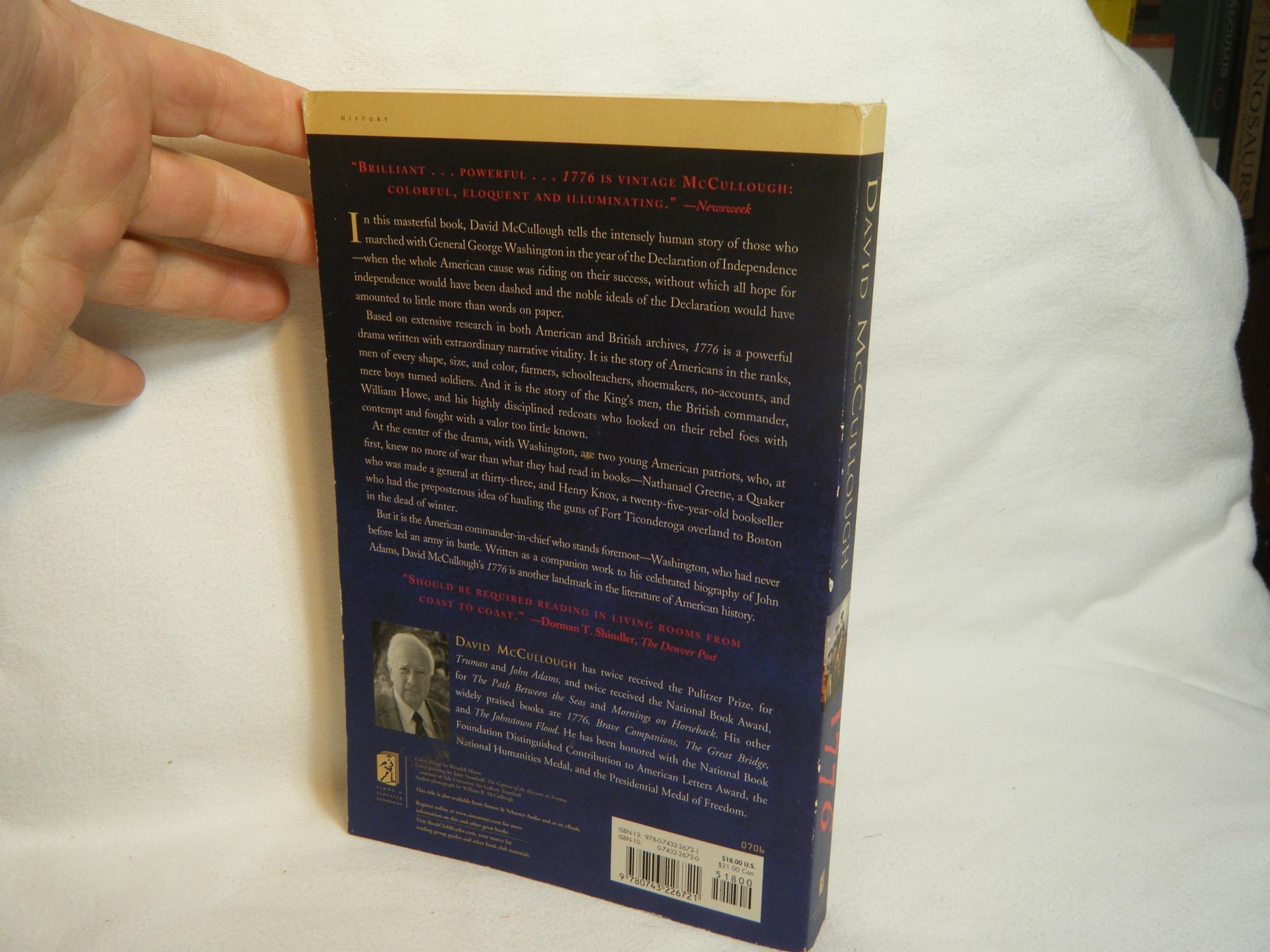
The fences and wall were knocked down and torn to pieces, and men’s legs, arms, and bodies mingled with cannon and grapeshot all round us.” The bombardment of Chatterton’s Hill in New York by British warships, as described by a Pennsylvania soldier: “The air and hills smoked and echoed terribly.

New Yorkers, as described by the Boston-born Henry Knox: “The people - why the people are magnificent, in their carriages which are numerous, in their house furniture, which is fine, in their pride and conceit, which are inimitable, in their profaneness, which is intolerable, in the want of principle, which is prevalent, in their Tory-ism, which is insufferable.” Our breastworks are strengthened, and among the means of defense are a great number of barrels, filled with stone and sand, arranged in front of our works, which are to be put in motion and made to roll down the hill, to break the ranks and legs of assailants as they advance.” James Thatcher: “Each man knows his place, and is resolute to execute his duty. The scene on the recently seized Dorchester Heights as the American troops awaited an expected attack from the British soldiers in Boston, as described by Dr. Here is a quick look at the war through some of those voices:

Yet, through those voices, the reader gains a penetrating and often visceral understanding of life in the midst of a rebellion that was far from assured of success. With so many voices, 1776 doesn’t have the breadth and momentum of McCullough’s larger works. The resulting book, published in 2005, has just under 300 pages of text, or about half as many as most of his earlier works. Rather than provide a sweeping saga, McCullough produced an intimate look at the experiences of the soldiers and others who lived through that year. Then, he narrowed his focus even more to look only at the ragtag army under George Washington.įinally - and this is the greatest difference - he rooted his book in the words of a multitude of eyewitnesses on both sides of the battles. First of all, he didn’t try to tell the story of the entire Revolutionary War, just a single year, the first full year of the eight-year conflict.


With 1776, though, he was attempting something that, for him, was new. These averaged about 700 pages each although his book on Truman was more than 1,100 pages long. McCullough had made a name for himself by writing big books that told big stories - stories about monumental projects, such as the Panama Canal and the Brooklyn Bridge, and about major historical figures, such as John Adams, Theodore Roosevelt and Harry Truman. After a hugely successful career as a historian, he set out, in his late 60s, to write a book that was a far cry from his earlier bestsellers.


 0 kommentar(er)
0 kommentar(er)
